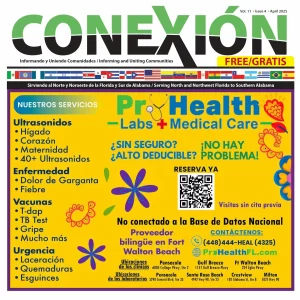Lately, I have seen many patients come in to complain of headaches. They complain they have had headaches for many months and some even years. One patient thought his headache was due to his childbirth 24 years ago. Almost all believe that their headaches indicate they have a tumor and require magnetic resonance imaging (MRI).
There are different types of headaches. These include tension, cluster, migraine, allergy or sinus, hormone, caffeine, exertion, hypertension, rebound, and post-traumatic headaches. Tension headaches are the most common type of headaches and are the second most prevalent disorder globally.
Description – patients describe tension headaches in many ways. These can affect one side or both, can have mild to severe pounding. Or they can be non-throbbing or pressure-like. These may only present as headaches or can have other symptoms that accompany them.
There are three types of tension headaches.
- The infrequent tension headache occurs less than once per month.
- The frequent tension headache occurs more than once but less than 15 times per month.
- The chronic tension headache occurs more than 15 days every month for over three months.
Tension headaches are sometimes also called muscle contraction headaches, stress or tension headache, and psychogenic headaches.
Risk factors for tension headaches include:
- Stress due to mental or physical triggers, which is the most common reason.
- anxiety and depression
- Changes in sleep pattern
- Skipping meals
- Foods like caffeine, alcohol, or chocolate
- Dehydration
- Physical exertion like working out
- Environmental factors: sun glare, odors, smoke, noise, and lightning, can trigger headaches.
- Poor posture.
- Female hormone changes.
- Medications: blood pressure medications, nitrates, or selective serotonin reuptake inhibitors.
- Overuse of headache medications.
Over 90% of headaches, tension, or stress headaches do not require extensive diagnostic testing.
If secondary causes are suspected, like anemia, thyroid, or hormonal problems, your provider may order diagnostic tests.
Treatment Tension Headaches
Identifying the trigger of the headache is essential. Once identified, you can eliminate the triggers.
Other treatments are:
- using relaxation routines
- avoiding caffeine, alcohol, drugs
- appropriate sleep habits
- rest in quiet, dark rooms
- hot baths or showers
- massage of the back and neck and temples areas.
Medications: Nonsteroidal anti-inflammatory drugs, aspirin or Tylenol, can be effective for short-term episodic headaches.
Overuse of these medications more than two times per week can lead to medication overuse headaches which are very difficult to treat.
Frequent and chronic headaches may need preventive treatment. Preventative medications reduce the number of headaches per month. Your provider may prescribe medications such as amitriptyline, beta-blockers, or calcium channel blockers in these cases.
Next time you have a headache start to write down a diary. Write what you ate, what you did, how you slept, and how you felt do this for several months. This detective work will help you and your provider identify triggers. Eliminating triggers can reduce the amount of headache you get.
Remember, all headaches are not tumors. Less than 2% of headaches are related to tumors. We will discuss other types of headaches, such as migraine and cluster, in the future. We will also discuss the symptoms of headaches caused by brain masses or tumors.


